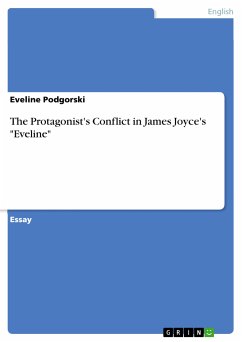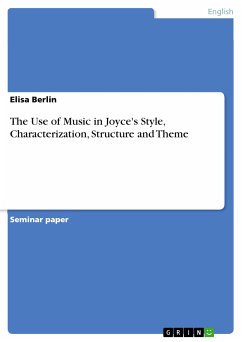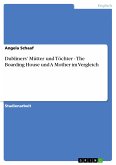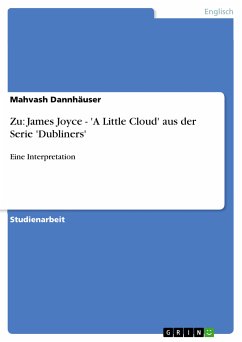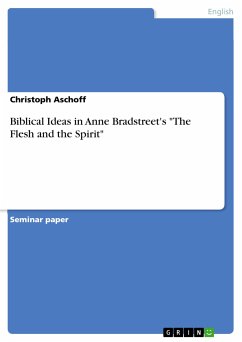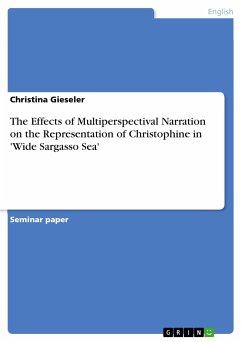Seminar paper from the year 1994 in the subject English Language and Literature Studies - Literature, grade: 2,0, Johannes Gutenberg University Mainz (Englische Philologie), language: English, abstract: 1. Introduction. When James Joyce had finally completed Dubliners in 1908, he himself considered his first work of fiction, a collection of fifteen short stories, to be a scrupulously realistic portrait of the Irish middle-class society of his time - a "looking-glass" in which the people of Dublin could see themselves and their paralysis. To introduce the book's major theme of paralysis, Joyce wrote the following critical commentary on Dubliners : My intention was to write a chapter of moral history of my own country and I chose Dublin for the scene because that city seemed to me the centre of paralysis. I have tried to present it to the indifferent public under four of its aspects: childhood, adolescence, maturity and public life. The stories are arranged in this order. I have written it for the most part in a style of scrupulous meanness... All of the characters in Dubliners are embedded in life's chronology, ranging from young to old and everyone is a typical portrayal of the ordinary people caught in everyday situations. They all have to endure the progressive diminution of life and vitality in the morbid and constrictive society of Dublin, in which human relations become distorted and escape seems to be impossible. In Dubliners, men and women are equally depicted as victims of their social and economic milieu, but the realistic picture Joyce drew of the situation of his female characters shows that women were even more affected by the narrow confines of a rather male dominant society. This paper is an attempt to picture Joyce's female Dubliners in their oppressive environment, mainly focusing on Joyce's "Eveline" as an all-encompassing representative of women's suffering in nineteenth-century Dublin.



